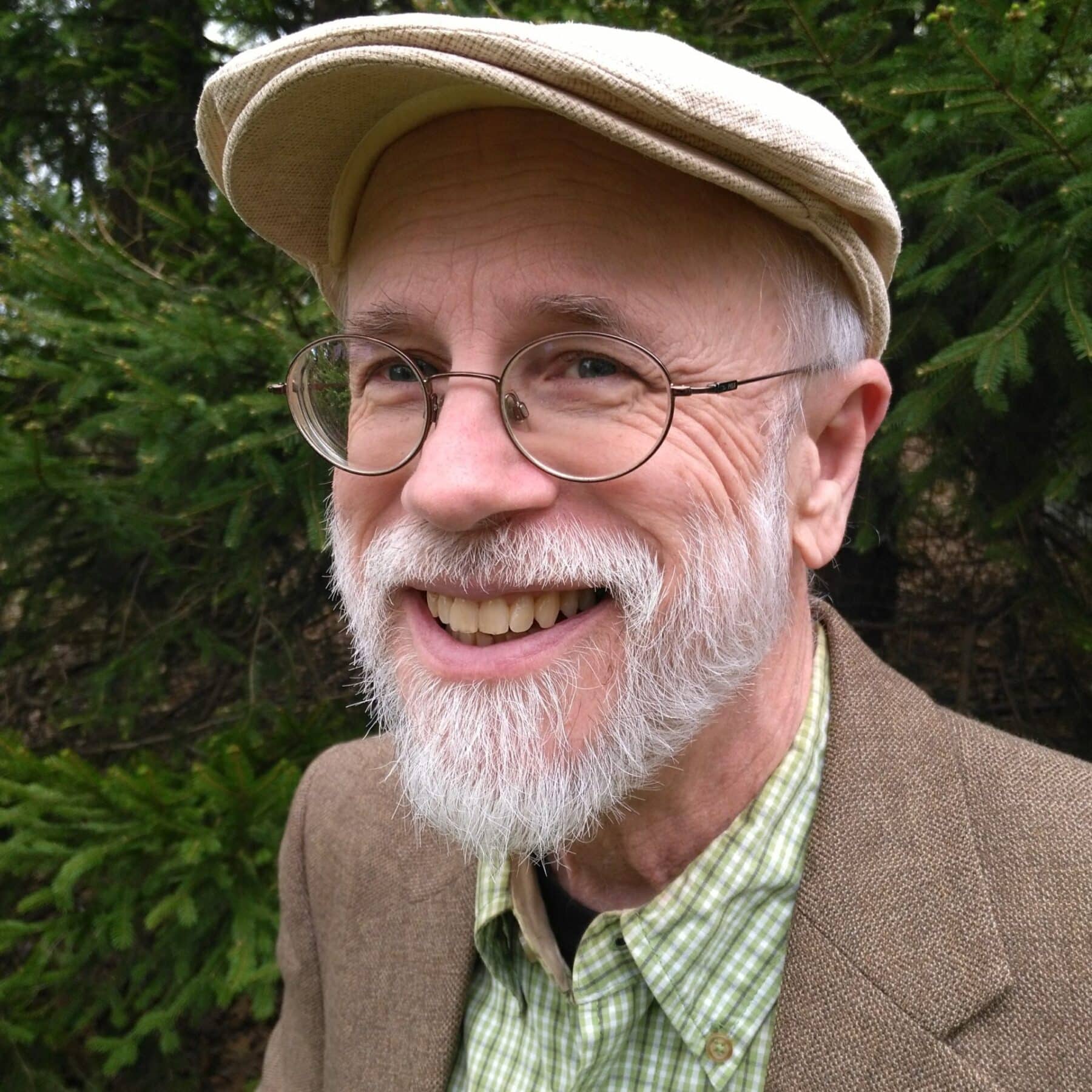 Life Sciences
Life Sciences
Newly Discovered Mode of RNA Replication Uncovers Previously Hidden Layers of Complexity
The mechanisms and processes of cellular information storage, processing and retrieval have always been a focus of ID argumentation and research. Indeed, it was the complexity and elegance of these systems which first captured my attention as a junior undergraduate as I became interested in the implications of information-rich systems in biology and the possible explicative powers of intelligent causation.
In recent years, there has been a dramatic surge in our appreciation of genomics and the processes of information flow in the cell. Papers continue to flood in, reporting on a plethora of recent discoveries which take genomic complexity to a whole new level, leading many academics to tentatively re-evaluate the causal sufficiency of Darwinian mechanisms, the dual forces of chance and necessity.
One recent paper, published in the journal, Nature, documents the discovery that human cells have the largescale capacity to copy, not only DNA, but also RNA molecules. According to the paper’s Abstract,
Small (<200 nucleotide) RNA (sRNA) profiling of human cells using various technologies demonstrates unexpected complexity of sRNAs with hundreds of thousands of sRNA species present. Genetic and in vitro studies show that these RNAs are not merely degradation products of longer transcripts but could indeed have a function. Furthermore, profiling of RNAs, including the sRNAs, can reveal not only novel transcripts, but also make clear predictions about the existence and properties of novel biochemical pathways operating in a cell. For example, sRNA profiling in human cells indicated the existence of an unknown capping mechanism operating on cleaved RNA, a biochemical component of which was later identified. Here we show that human cells contain a novel type of sRNA that has non-genomically encoded 5′ poly(U) tails. The presence of these RNAs at the termini of genes, specifically at the very 3′ ends of known mRNAs, strongly argues for the presence of a yet uncharacterized endogenous biochemical pathway in cells that can copy RNA. We show that this pathway can operate on multiple genes, with specific enrichment towards transcript-encoding components of the translational machinery. Finally, we show that genes are also flanked by sense, 3′ polyadenylated sRNAs that are likely to be capped.
The paper discusses the importance of small RNAs (sRNAs), and reports on the uncovering of an entirely new class of gene-translating molecules in human cells. The paper also reports on new indirect supportive evidence which strongly suggests that cells are actually capable of directly copying RNA, in addition to DNA, molecules. The paper further reports that “sRNA profiling in human cells indicated the existence of an unknown capping mechanism operating on cleaved RNA, a biochemical component of which was later identified.” Evidence offered for the inference to a biochemical pathway for copying RNA includes the presence of the RNAs at the 3′ end of known mRNAs, suggesting the existence of a biochemical pathway which can copy RNA to produce more RNA.
Profiling sRNAs from human cells, the researchers uncovered a series of novel RNA classes such as the antisense termini-associated short RNAs. It is suggested by the authors of the paper that this RNA class is, in fact, derived from mRNAs of coding genes by hitherto undocumented RNA copying mechanisms in human cancer cell lineages.
These newly acquired insights stand in stark contrast to conventional central-dogmatist wisdom that maintains that all RNA in human cells is transcribed from the DNA template. As new research is produced in the field of epigenetics, as well as developmental biology and genome biology, the nature of the information debt now confronting Darwinism grows, resulting in a respective decline in the likelihood of such systems having been constructed by non-intelligent means. A large question mark, then, resides over the causal sufficiency of the dual forces of random mutation and natural selection (and other unguided mechanisms).
It now stands without question that, to borrow a phrase from Michael Behe, life ‘reeks‘ of design. Since Darwinism is an attempt to explain away this appearance of design (albeit so far unsuccessfully), the proposition of intelligent design must be considered a feasible alternative, and one which is increasingly supported by molecular and biochemical research.

